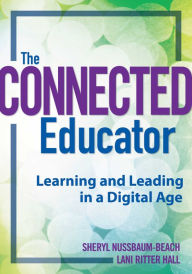This class showed me how to build a PLN using twitter. If you are interested in education and psychology follow mine. We learned how to used LinkedIn to create a profile to look for jobs, but do not make it look like a resume.
We created commercials using emaze. Emaze is a great website that can turn your powerpoints into 3D presentations, personally it is one of my favorites, check it out!
We even made our own website that just featured us using weebly or wix or the ever so known google sites. I used weebly and it was very easy to navigate with very a very self-explanatory layout and I am pleased with the way my own website turned out, click here to view it.
Most importantly in this class we learned how important social media is in this day and age. Its modern, its cool, and its part of today's world of technology. Social media is used in almost every job type from education to accounting to even I am sure construction. It is important to know what is appropriate and what is not when posting on social media. Make sure to understand your jobs handbook rules when it comes down to social media because it can be a tricky subject and it can very easily be the reason you lose your job. That is what will stick with me after I leave this course.
